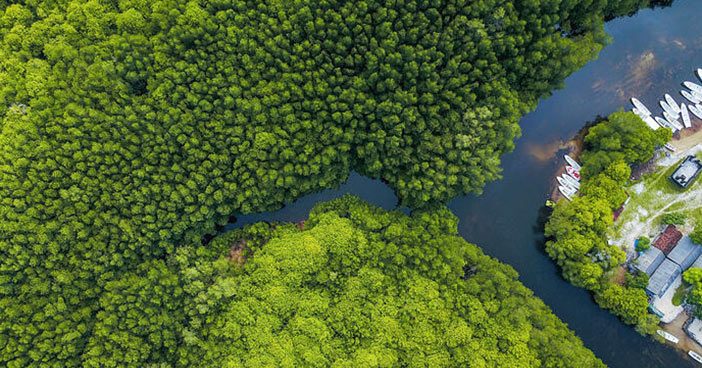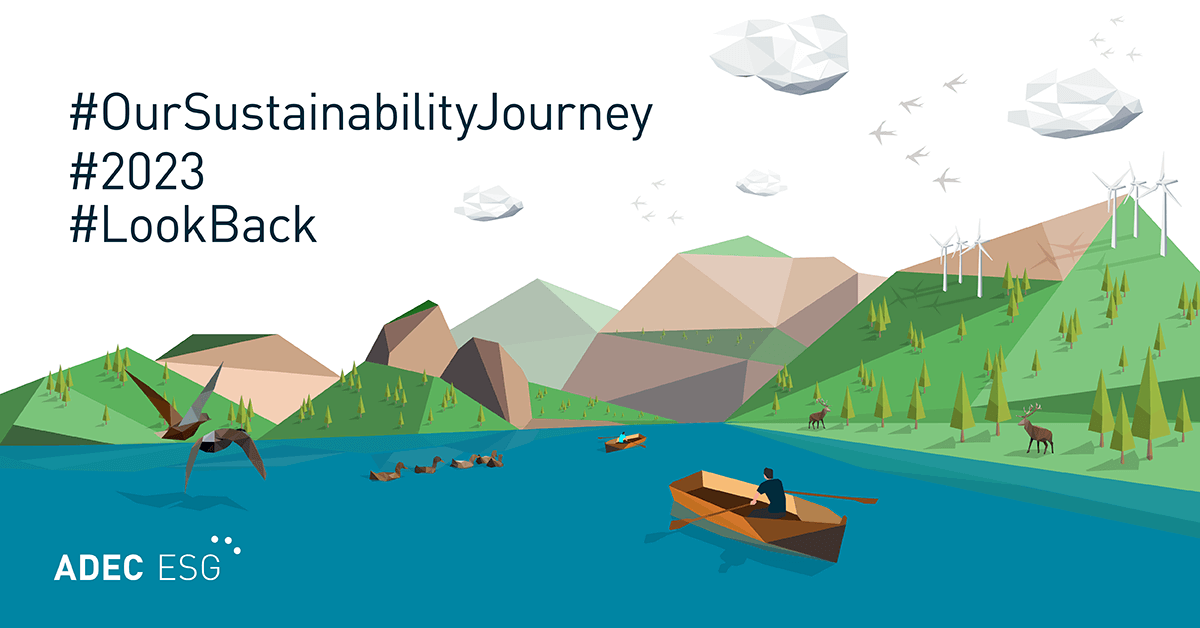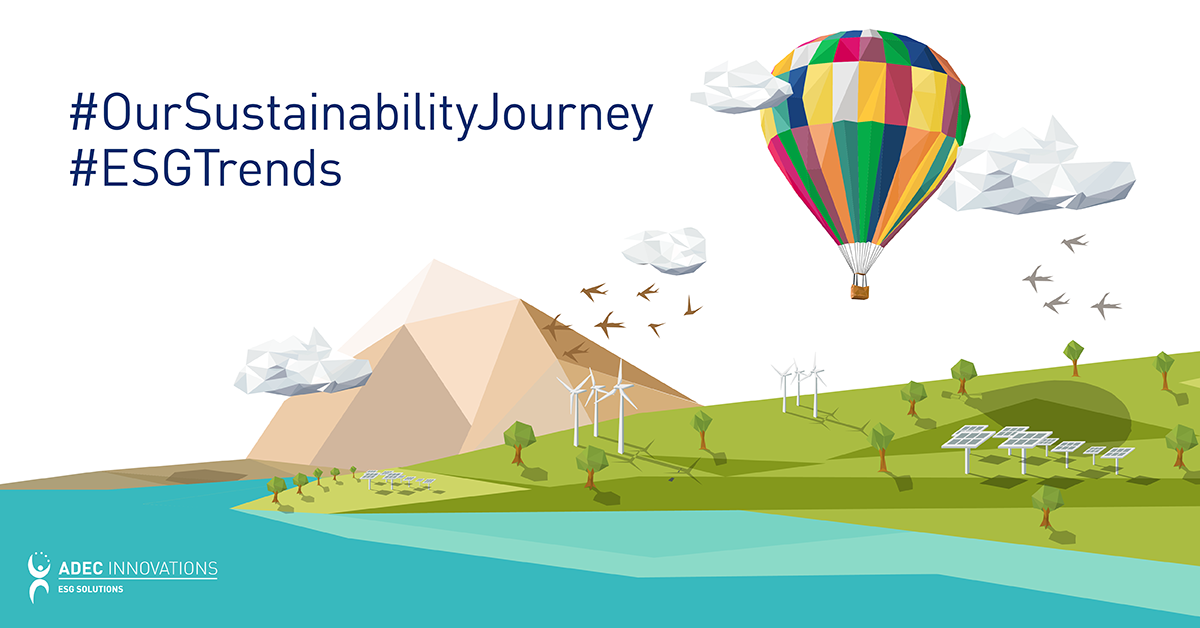Mangrove forests play a vital role in maintaining healthy ecosystems both locally and globally, and they are coming more and more into the international spotlight. Threatened by climate change, pollution, overfishing, and human expansion, mangroves need our protection to survive. But why are these forests under threat, and why are so many organizations now prioritizing their preservation?
What are mangroves?
Mangroves are groups of woody trees and shrubs that live in the coastal intertidal zone. They are super resilient species that have evolved special adaptations that allow them to live in salty, oxygen-poor soil. Mangroves can survive in conditions that most timber could never tolerate ― saline or brackish water, various substrates (mud, sand, peat, coral rock, etc.), aggressive coastal waters from storms and hurricanes, and flooding conditions from the intertidal zone.
Most mangrove forests can be recognized by their densely tangled root systems. These root systems help to slow the movement of tidal waters, causing sediments to settle out of the water and build up muddy substrate. Mangrove forests help stabilize the coastline and reduce erosion from storm surges, currents, waves, and tides. While there are approximately 80 different species of mangroves globally, there are only four species – red, black, white, and buttonwood mangroves – found in the continental United States. The number and type of species vary from region to region.
Where can they be found?
Mangroves can be found along coastlines within tropical or subtropical regions (between latitudes of 25° north and 25° south) near the Earth’s equator. The actual geographical limits can vary significantly depending on the region and local climates. While temperature is a major restriction for where mangroves can survive, the rising temperatures and sea level due to climate change are actually allowing mangroves to expand their geographical ranges for survival. In 2016, mangroves covered over 13.5 million hectares globally, making up approximately 0.1% of the Earth’s land surface.
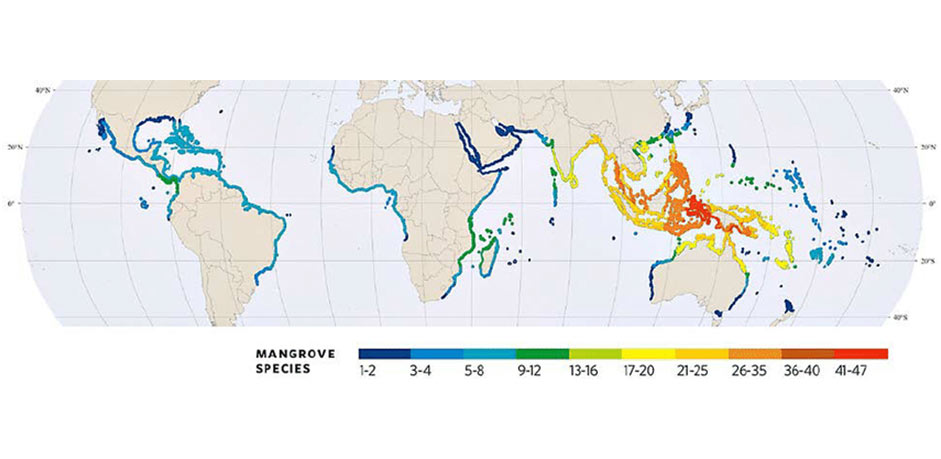
Credit: World map of the mangrove distribution zones and the number of mangrove species along each region (Deltares, 2014).
Why are mangrove forests important?
Mangroves are important ecosystems because they provide a host of services to promote a healthy ocean. These ecosystem benefits include, but are not limited to:
Enhancement of Fish Populations
Mangroves generate or enhance fish populations, providing nutrition and economic benefits to over 200 million people that live close to mangroves.
Coastal Zone Protection
Mangroves provide protection of coastal zones with high impact from natural hazards, and provide protection to local populations – just 100 meters of mangrove barrier can reduce wave heights by two-thirds.
Carbon Sequestration and Storage
Mangroves are among the most productive habitats on the planet, not only sequestering large amounts of carbon in their aboveground biomass, but also storing it long-term in the surrounding soil. On a per-hectare basis, mangroves have over double the mean biomass of tropical forests. As a result, these habitats can prevent increased global warming and acidification.
Local Engagement
Mangroves provide value to visitors and promote coastal tourism by providing scenic areas for boat tours, boardwalks, kayaking, fishing, and other activities.
What is happening to them?
Mangroves are vanishing around the world at an alarming rate. In the past half-century, fifty percent of the world’s mangroves have disappeared. Threats to mangrove forests and their habitats include rising sea levels; oil spills and other pollution; destruction of coral reefs; overfishing; river changes; overharvesting from demand for timber; and clearing to make way for shrimp and crab fishing, coastal infrastructure, and urban expansion.
The loss of mangroves is a serious issue facing the world. The destruction of mangrove forests not only presents a danger to the humans and wildlife that thrive within their ecosystems—forest destruction can also release significant amounts of greenhouse gases into the atmosphere, accelerating climate change and its impacts. The struggle to save mangroves is a global challenge that no single government or organization can tackle alone.
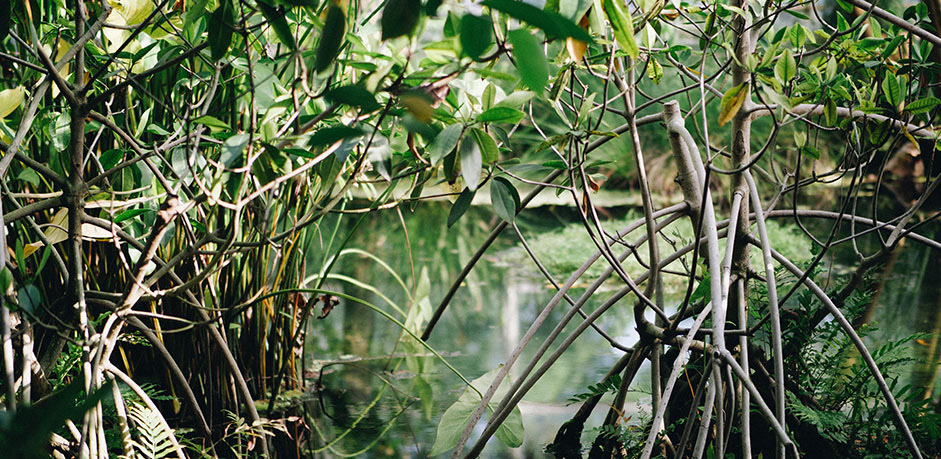
What can we do to protect mangrove forests?
Mangroves can be protected through restoration and conservation practices. Ecological restoration is the process of assisting the recovery of an ecosystem that has been degraded, damaged, or destroyed. Mangrove restoration would involve the replanting of mangrove species, and restoring mangrove habitat to help recover mangrove forests that have been degraded, damaged, or destroyed in the past.
Conservation involves the preservation or protection of an existing ecosystem. Mangroves can be conserved through policies, laws, public engagement, and development of National Parks and Marine Protected Areas.
At a global scale, there are several organizations that have committed to helping both restore and conserve mangroves. The Mangrove Alliance is an organization spearheaded by the German Federal Ministry for Economic Cooperation and Development, the World Wide Fund (WWF), and the International Union for the Observation of Nature (IUCN). The group’s aim is to increase global mangrove forests by 20 percent by 2030. Other international efforts include Mangroves for the Future (MFF), Mangrove Action Project (MAP), Blue Carbon Initiatives, International Partnership for Blue Carbon, Ocean Health Index, and the Bonn Challenge.
ADEC ESG Solutions is a leading provider of ESG solutions, including fully-integrated industry expertise, software solutions, and data management. Contact us to learn more about how we can work with you to develop the sustainability solution that is right for your organization.

